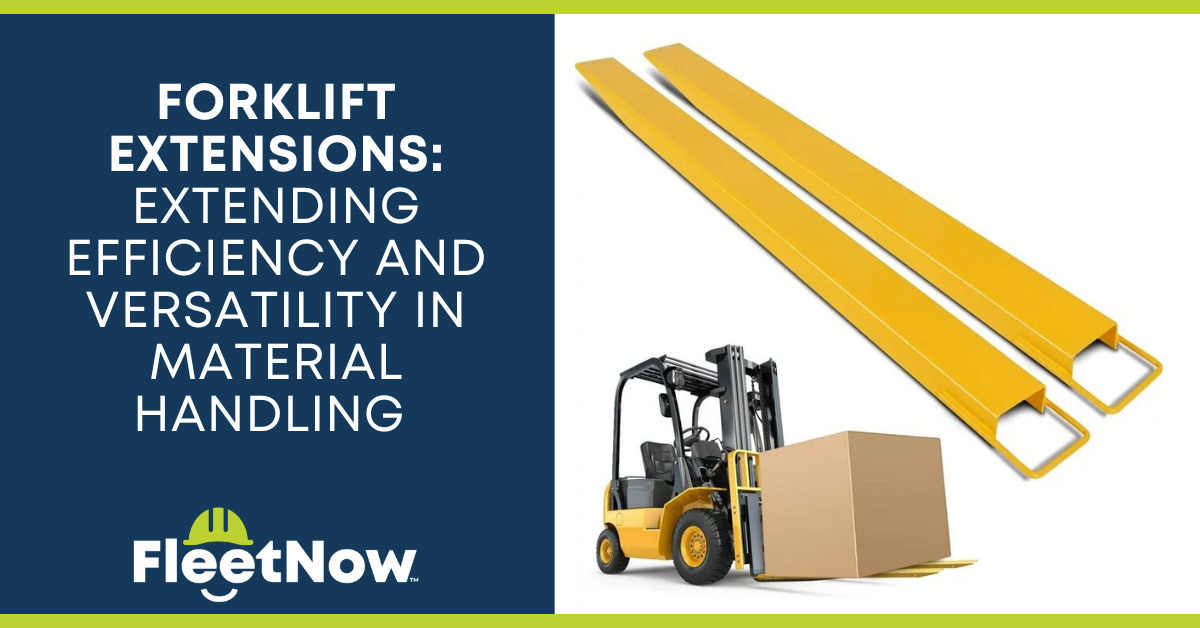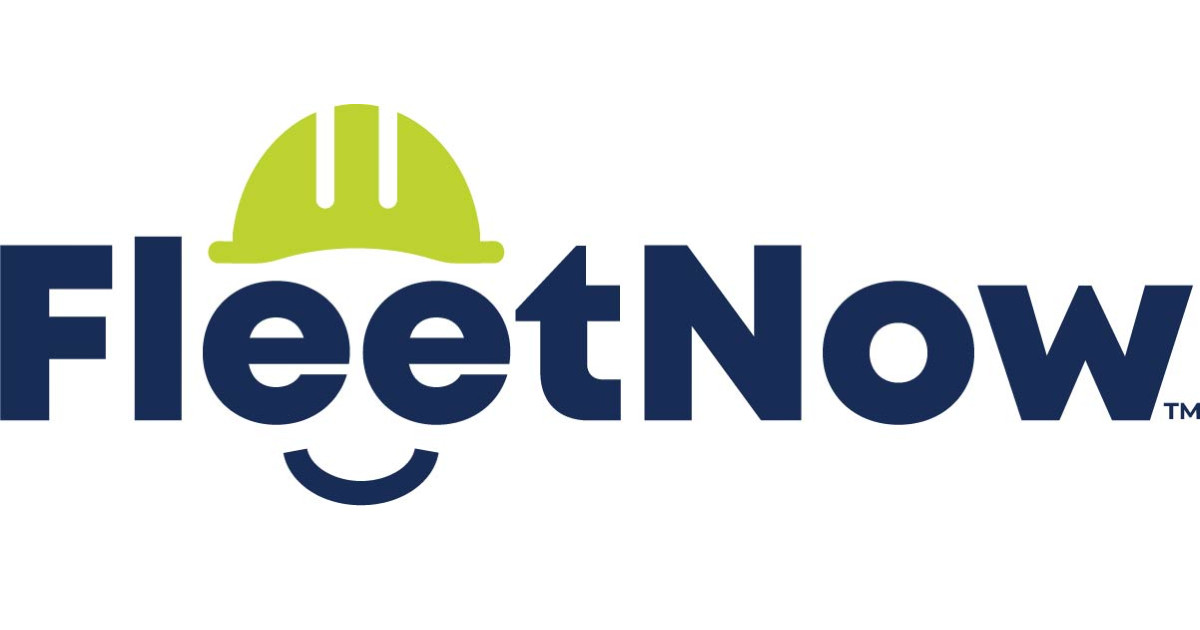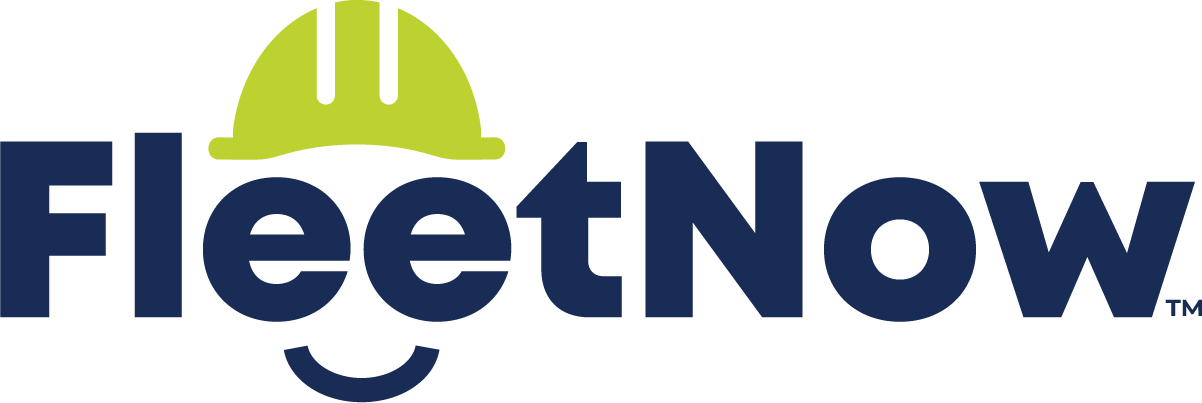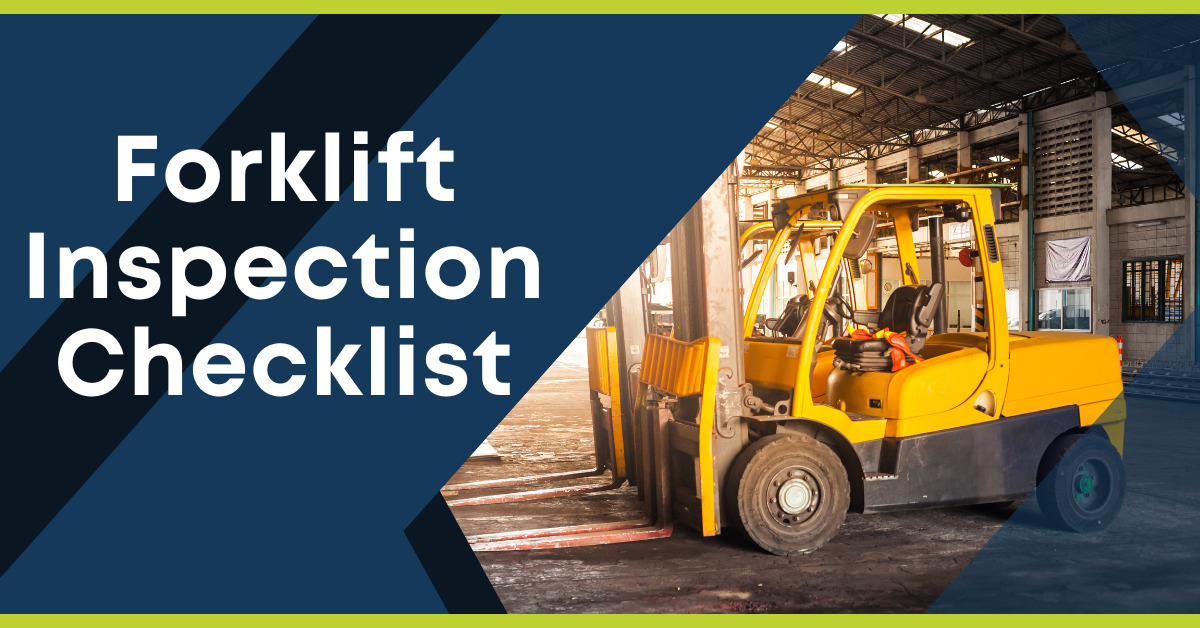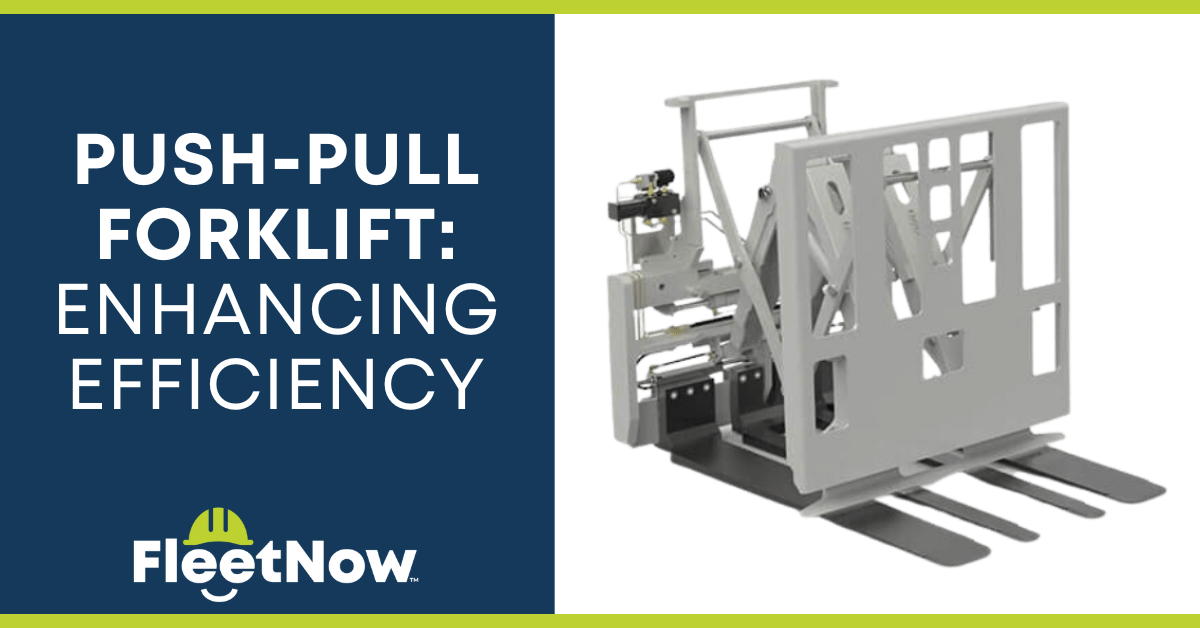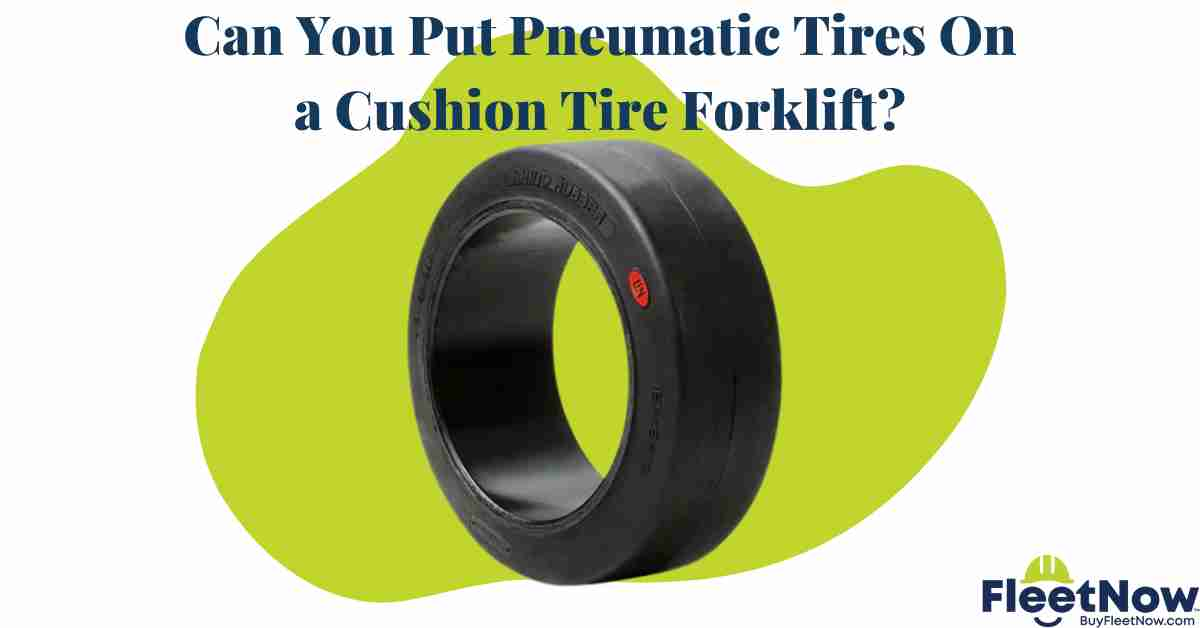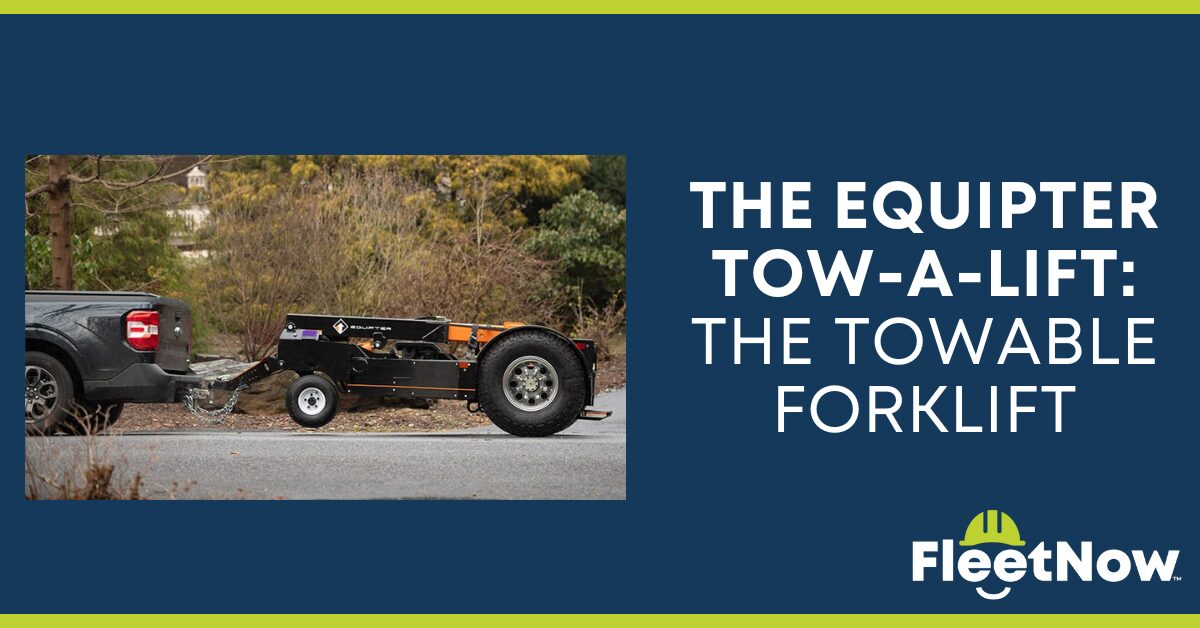Forklift Extensions: Extending Efficiency & Versatility in Material Handling
Forklifts play a crucial role in material handling in various industries. However, there are situations where standard forklift forks just don’t cut it. Whether you’re dealing with oversized or oddly shaped loads, the need for added reach and stability becomes apparent. Forklift extensions optimize efficiency and productivity.
What Are Forklift Extensions?
Forklift extensions, also known as forklift fork extensions or forklift tine extensions, are specialized attachments designed to enhance the functionality and versatility of forklifts in material handling operations. These extensions are typically made of sturdy materials such as steel and are designed to be attached to the existing forks of a forklift.
The primary purpose of forklift extensions is to extend the reach and carrying capacity of a forklift, allowing it to handle larger, longer, or irregularly shaped loads that cannot be accommodated by standard forklift forks. They are commonly used in various industrial settings, warehouses, construction sites, and logistics operations where the need to handle oversized or bulky materials arises.
Types of Forklift Extensions
Forklift extensions come in various types, each tailored to specific material handling needs and load requirements. The main types of forklift extensions include:
Pallet fork extensions: These are simple and widely used extensions that slide onto the existing forks of a forklift. They extend the length of the forks, allowing the forklift to handle longer and larger loads, such as wooden pallets, pipes, or sheets of material. Pallet fork extensions are a common choice for many material handling tasks.
Telescopic forklift attachments: Telescopic extensions are adjustable in length, making them highly versatile. They can be extended or retracted to match the size of the load, providing precision and adaptability. This type is especially useful when dealing with loads of varying dimensions.
Clamp-on forklift extensions: Clamp-on extensions feature clamping mechanisms that secure them to the forklift forks. They are specifically designed for lifting and transporting non-palletized materials, such as barrels, drums, or irregularly shaped objects. Clamp-on extensions provide stability and a secure grip on unconventional loads.
Factors to Consider When Choosing Forklift Extensions
- Load Capacity and Weight Distribution: Determine the maximum weight and size of the loads you intend to handle with the forklift extensions. Make sure the extensions you choose can safely support the loads while maintaining proper weight distribution. Exceeding the load capacity can lead to instability and safety hazards.
- Forklift Compatibility: Ensure that the forklift extensions you select are compatible with your specific forklift model. Different forklifts have varying fork dimensions and attachment methods, so compatibility is essential to ensure a secure fit.
- Material and Construction Quality: Assess the quality of the materials used in the construction of the extensions. High-quality steel or other durable materials are preferred, as they provide longevity and resistance to wear and tear, especially in demanding industrial environments.
- Safety Considerations: Prioritize safety by choosing extensions that have safety features like securing mechanisms, locking pins, or reinforcement brackets to prevent accidental disconnection during operation. Properly designed extensions reduce the risk of accidents and load instability.
- Length and Width Requirements: Consider the length and width of the forklift extensions in relation to the types of loads you handle. Ensure that the extensions are long enough to accommodate the widest loads you typically work with while maintaining proper balance.
- Budget and Cost Analysis: Consider your budget constraints and perform a cost analysis to determine the cost-effectiveness of the forklift extensions. Consider not only the initial purchase price but also factors like maintenance, repair, and potential ROI (Return on Investment).
- Warranty and Support: Check if the manufacturer provides a warranty or support for the extensions. A reliable warranty can offer peace of mind and assistance in case of defects or issues.
Where Can I Find Forklift Extensions For Sale?
Forklift extensions can be found through online marketplaces, like FleetNow, heavy equipment dealers, like ACE Attachments, or local dealers, which can often be found through manufacturer’s websites. A well-known manufacturer of forklift attachments is Blue Diamond Attachments.
Learn more about Blue Diamond Attachments in our blog post titled “Blue Diamond Attachments: Reviews, Models & Where to Buy.”
Safety Measures and Regulations
Forklift extension attachments increase the versatility of the truck, but can present important safety considerations, including stability, capacity, and visibility. OSHA lists requirements for forklift attachments. View OSHA’s regulations here.
Frequently Asked Questions (FAQs)
Are forklift extensions approved by OSHA?
Forklift extensions can be used in compliance with OSHA regulations. Attachments must be approved by the manufacturer and the operator must be trained and authorized to use them.
What are other names for forklift extensions?
Forklift extensions are also known as fork extenders or long lifts.
Do forklift extensions need to be certified?
OSHA requires that forklift operators use attachments only if they are approved by the forklift manufacturer, or if the forklift manufacturer has certified that the attachments is compatible with the forklift.

